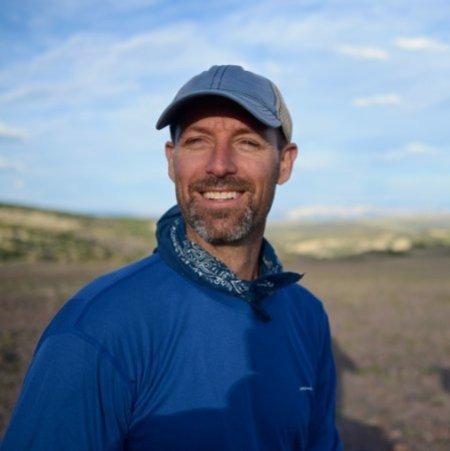Big Game and Roadway Mitigation Strategy – Highway 120 Meeteetse to Cody
Need and opportunity
Highway 120 between Meeteetse and Cody is widely recognized as a wildlife-vehicle collision (WVC) hotspot, where wildlife overpass or underpass construction meets specific economic and ecological criteria. The number of WVCs is increasing 6% each year and incrementally accounting for a larger proportion of mortality in big game herds that are declining or stable. Like other parts of the state, most (63%) WVCs here involve mule deer, yet the proportion of pronghorn WVCs is more than 2x the state average. Because thousands of pronghorn from the Carter Mountain Herd rely on seasonal migrations that cross Highway 120, the persistence of this population is closely linked to their ability to access summer ranges west of the highway and winter ranges east of the highway, and likely represents the largest pronghorn migration across any roadway in North America. Compared with deer or elk that can easily jump fences, roadway crossings tend to be more difficult for pronghorn because they must move underneath right-of-way fencing, which can be challenging in sections with low bottom wires, or when snowpack reduces space underneath bottom wire, or during periods of high traffic volume when groups do not have sufficient time to crossing. The ability for deer, elk, or pronghorn to cross Highway 120 will become more difficult and dangerous as traffic volume continues to increase. We identify several areas where improvement of existing structures and construction of new underpasses or overpasses could improve motorist safety and permeability of Highway 120 to deer, elk, and pronghorn populations.
Where we are
This project is complete. You can download the report here.
Where we’re going
Provide support for agencies and NGOs to pursue wildlife crossing structures and other mitigation options.
Team members
Tony Mong
Tony is the Wyoming Game and Fish Department’s wildlife biologist in Cody, Wyoming. Much of his work focused on managing and monitoring big game and other wildlife across the region. Tony grew up hunting, fishing, and studying wildlife in Missouri before moving to Wyoming in 2010.
Corey Class
Corey is the Wildlife Management Coordinator of the Wyoming Game and Fish Department based in Cody, Wyoming. He came to Wyoming from Idaho, where he worked as regional wildlife biologist and Mule Deer Initiative coordinator for Idaho Fish and Game. A long-time hunter and outdoorsman, Corey previously served as staff biologist and operations manager for the Minnesota Deer Hunters Association.
Hall Sawyer
Hall is a Research Biologist and Project Manager based in WEST’s Laramie, Wyoming, office. Hall often works with agencies and industry to conduct studies and convey information in ways that improve management, mitigation, and planning efforts related to big game.





